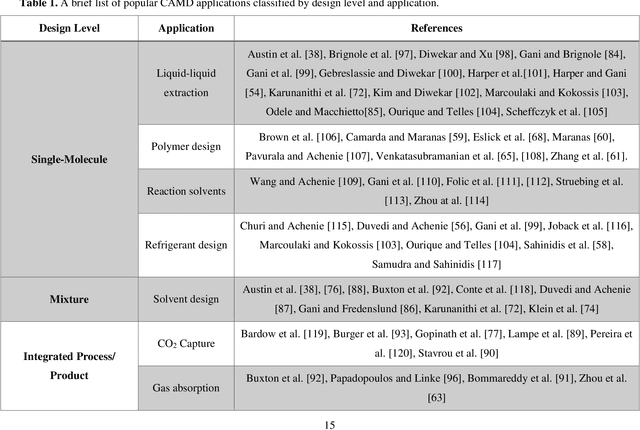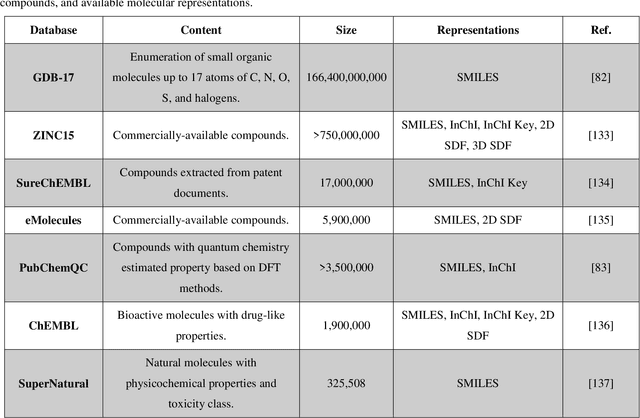Abdulelah S. Alshehri
Neural Network-enabled Domain-consistent Robust Optimisation for Global CO$_2$ Reduction Potential of Gas Power Plants
Oct 15, 2025Abstract:We introduce a neural network-driven robust optimisation framework that integrates data-driven domain as a constraint into the nonlinear programming technique, addressing the overlooked issue of domain-inconsistent solutions arising from the interaction of parametrised neural network models with optimisation solvers. Applied to a 1180 MW capacity combined cycle gas power plant, our framework delivers domain-consistent robust optimal solutions that achieve a verified 0.76 percentage point mean improvement in energy efficiency. For the first time, scaling this efficiency gain to the global fleet of gas power plants, we estimate an annual 26 Mt reduction potential in CO$_2$ (with 10.6 Mt in Asia, 9.0 Mt in the Americas, and 4.5 Mt in Europe). These results underscore the synergetic role of machine learning in delivering near-term, scalable decarbonisation pathways for global climate action.
Generative AI and Process Systems Engineering: The Next Frontier
Feb 15, 2024



Abstract:This article explores how emerging generative artificial intelligence (GenAI) models, such as large language models (LLMs), can enhance solution methodologies within process systems engineering (PSE). These cutting-edge GenAI models, particularly foundation models (FMs), which are pre-trained on extensive, general-purpose datasets, offer versatile adaptability for a broad range of tasks, including responding to queries, image generation, and complex decision-making. Given the close relationship between advancements in PSE and developments in computing and systems technologies, exploring the synergy between GenAI and PSE is essential. We begin our discussion with a compact overview of both classic and emerging GenAI models, including FMs, and then dive into their applications within key PSE domains: synthesis and design, optimization and integration, and process monitoring and control. In each domain, we explore how GenAI models could potentially advance PSE methodologies, providing insights and prospects for each area. Furthermore, the article identifies and discusses potential challenges in fully leveraging GenAI within PSE, including multiscale modeling, data requirements, evaluation metrics and benchmarks, and trust and safety, thereby deepening the discourse on effective GenAI integration into systems analysis, design, optimization, operations, monitoring, and control. This paper provides a guide for future research focused on the applications of emerging GenAI in PSE.
Multimodal Deep Learning for Scientific Imaging Interpretation
Sep 25, 2023Abstract:In the domain of scientific imaging, interpreting visual data often demands an intricate combination of human expertise and deep comprehension of the subject materials. This study presents a novel methodology to linguistically emulate and subsequently evaluate human-like interactions with Scanning Electron Microscopy (SEM) images, specifically of glass materials. Leveraging a multimodal deep learning framework, our approach distills insights from both textual and visual data harvested from peer-reviewed articles, further augmented by the capabilities of GPT-4 for refined data synthesis and evaluation. Despite inherent challenges--such as nuanced interpretations and the limited availability of specialized datasets--our model (GlassLLaVA) excels in crafting accurate interpretations, identifying key features, and detecting defects in previously unseen SEM images. Moreover, we introduce versatile evaluation metrics, suitable for an array of scientific imaging applications, which allows for benchmarking against research-grounded answers. Benefiting from the robustness of contemporary Large Language Models, our model adeptly aligns with insights from research papers. This advancement not only underscores considerable progress in bridging the gap between human and machine interpretation in scientific imaging, but also hints at expansive avenues for future research and broader application.
Deep Learning and Knowledge-Based Methods for Computer Aided Molecular Design -- Toward a Unified Approach: State-of-the-Art and Future Directions
May 18, 2020



Abstract:The optimal design of compounds through manipulating properties at the molecular level is often the key to considerable scientific advances and improved process systems performance. This paper highlights key trends, challenges, and opportunities underpinning the Computer-Aided Molecular Design (CAMD) problems. A brief review of knowledge-driven property estimation methods and solution techniques, as well as corresponding CAMD tools and applications, are first presented. In view of the computational challenges plaguing knowledge-based methods and techniques, we survey the current state-of-the-art applications of deep learning to molecular design as a fertile approach towards overcoming computational limitations and navigating uncharted territories of the chemical space. The main focus of the survey is given to deep generative modeling of molecules under various deep learning architectures and different molecular representations. Further, the importance of benchmarking and empirical rigor in building deep learning models is spotlighted. The review article also presents a detailed discussion of the current perspectives and challenges of knowledge-based and data-driven CAMD and identifies key areas for future research directions. Special emphasis is on the fertile avenue of hybrid modeling paradigm, in which deep learning approaches are exploited while leveraging the accumulated wealth of knowledge-driven CAMD methods and tools.
 Add to Chrome
Add to Chrome Add to Firefox
Add to Firefox Add to Edge
Add to Edge